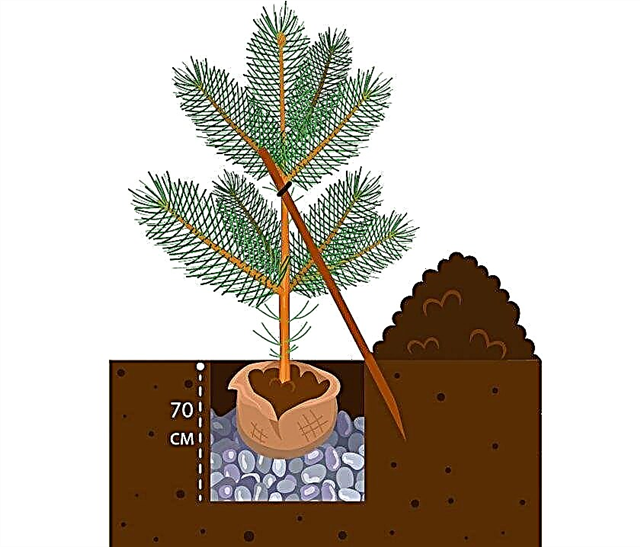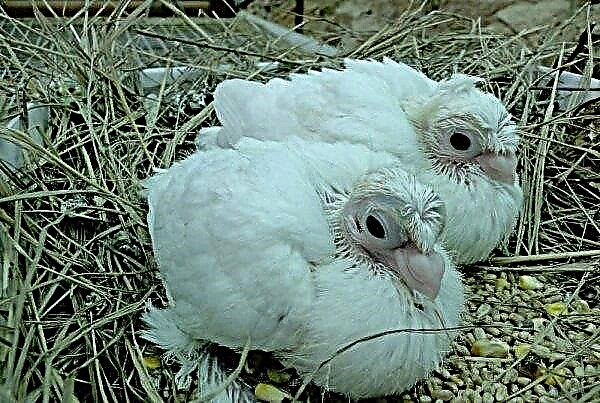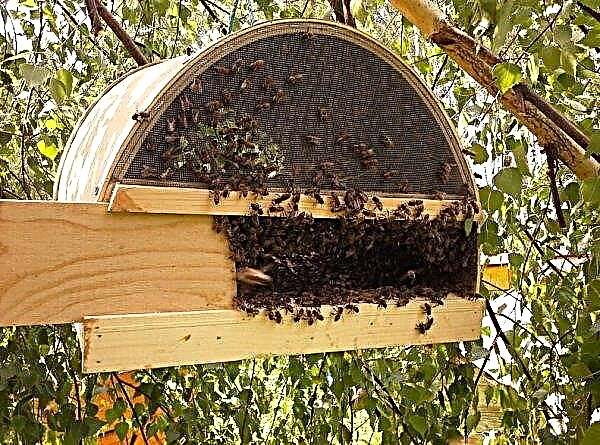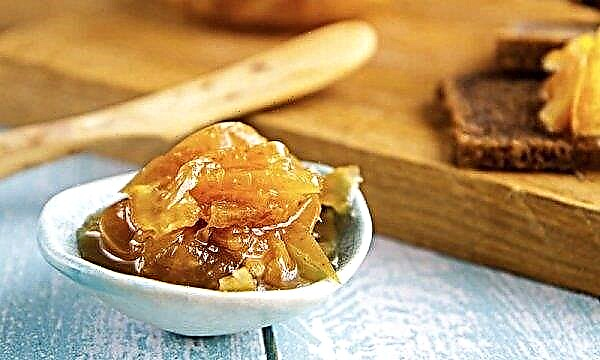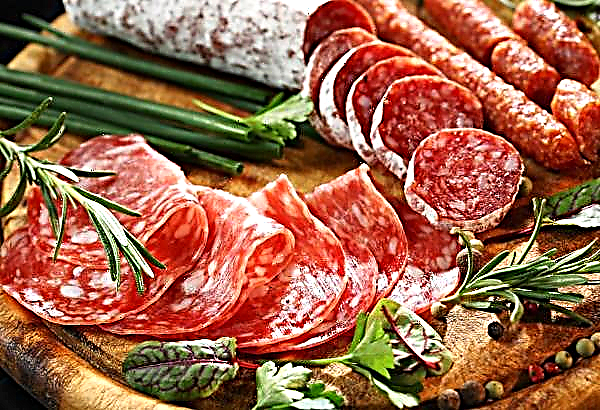It is difficult to imagine a more affordable, cheap and tasty dish than sauerkraut, which winter can not do without. This material will help you choose the right variety, ferment correctly and save the finished product, observing all the rules and technology.
Which cabbage is better to choose
Cabbage is fermented in almost every house, regardless of whether there is a garden or vegetables purchased on the market. But not every cabbage is suitable for pickling. In order not to be disappointed with the result of work and the taste qualities of the final product, you should carefully choose the vegetable. For pickling and pickling, varieties with medium and late ripening are suitable, which have sufficient dry matter and a denser leaf mass. Early varieties do not meet these criteria and are not suitable for pickling.
Important! If you choose between the benefits and taste, then it is better to use cabbage fresh.
Heads of cabbage should be selected large, dense, and not loose (the tighter the retinue of forks, the whiter and softer the leaves are inside), the white color in the section (this indicates the presence of more sugar, which affects the fermentation process during pickling), the taste of head fresh should be sweet and crispy. The stump must also be resilient and juicy. When choosing cabbage in late autumn, you need to make sure that it is not frozen.
Mid-ripening varieties for pickling:
Late varieties for pickling:
- Turkis - ripens in 150–165 days, it is better to ferment closer to winter, the fruit is 3-4 kg;
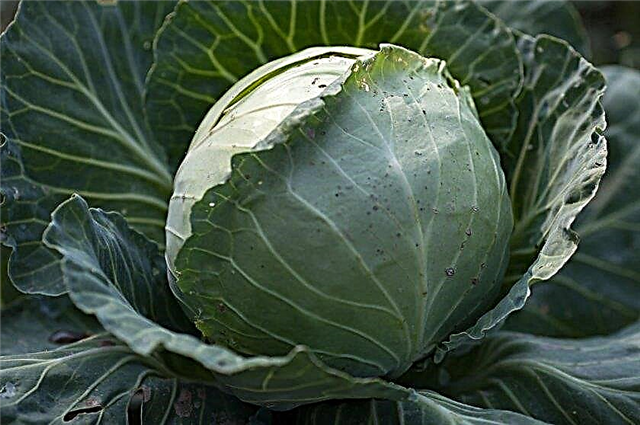
- Geneva F1 - should be fermented at the end of winter or the beginning of spring, fruit - 3-4 kg;
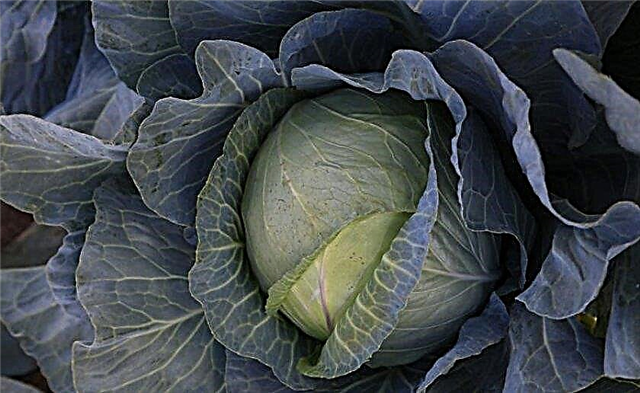
- Amager - harvested after 150-175 days, the fruit - 2.4-4 kg, the taste is bitter in the fall, improves over time;
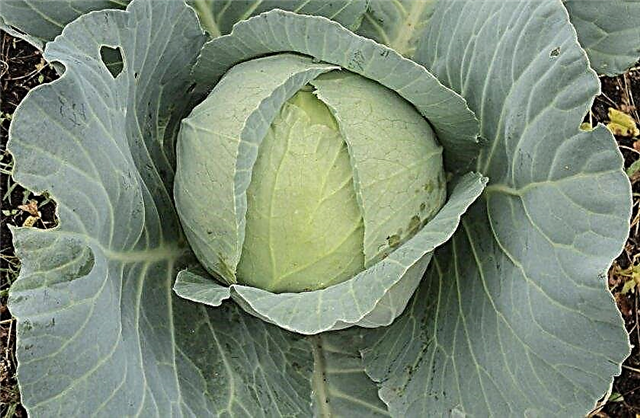
- Snow White, the ripening period is 145–160 days, the fruit is 2.5–3.9 kg.

Varieties of hybrids are also popular when choosing for pickling, selection of varieties is aimed at obtaining larger heads of cabbage:
You can also ferment red cabbage. It has a coarser fiber and a bitter taste.What time is it better to ferment
Ferment cabbage is advised in two terms - in autumn and winter.
Did you know? If, when tying a head of cabbage inside between the leaves, put a cucumber on the ovary, then it will grow and remain fresh until spring.
Fall
As soon as the harvest of mid-ripening and medium-late varieties of vegetables begins in the fields, the first stage of fermentation of cabbage begins. Varieties of medium ripening can be brewed since September, but the finished product should be stored in a cold room. At the first frosts, medium-late varieties can be fermented. By this time, they will increase the amount of sugars, which improves the quality of fermentation and the taste of the product.
In winter
Later varieties are suitable for long-term storage fresh. But heads of cabbage, not intended for storage, are recommended to be put into processing 2-3 months after collection - in November or December. During this time, sugar accumulates in the leaves, and they become more juicy. If you ferment such varieties earlier, the finished product will get an unpleasant odor and a bitter taste.
Ferment Features
There are two types of sourdough cabbage:
- Salting - pour brine at room temperature. This method is simpler and salting is faster.
- Souring - passes without salt or with its minimum content.
Did you know? To enhance the fermentation of cabbage, put a slice of rye bread on the bottom of the bowl, covering it with leaves.
Preparation of vegetables for fermentation occurs in the following order:
- Cleaning - remove the upper green leaves and cut out a stump, which can be used if cabbage is grown in its area without the use of chemicals.
- Shredder - chopping with a knife or with a shredder. The chips should not be very thin, otherwise the product will turn out soft.
- Container loading - load the chopped mass into the selected and prepared containers not to the top, so that in the first days of ripening the juice does not leak. Loss of juice leads to a deterioration in the quality of the finished product.
- Rammer - Cabbage laid in containers is slightly compacted until juice appears.
- Adding salt - each layer of cabbage is salted with coarse salt, evenly distributing its amount to the number of proposed layers.
- Installation of the yoke - at the end of the bookmark in the container, the top layer is covered with large cabbage leaves, a clean cloth and set oppression.

There are several types of sauerkraut:
- shredded - shavings no more than 5 mm;
- chopped - shavings no more than 12 mm;
- whole - whole forks are sprinkled with shredded or chopped, and a cross-shaped incision on the stump will allow the head of cabbage to salt out faster.
The main ingredient in sauerkraut is carrots. It can be grated or cut into strips. Grated carrots will color the cabbage orange, and chopped leaves will leave it white. Additional components will add a pleasant color and unique aroma to the finished product: red cabbage, beets, sweet bell pepper, sliced apples, dill and caraway seeds, bay leaf. Add horseradish root will make the cabbage crispy.
Important! Vegetables should be prepared as quickly as possible, since even a short storage of peeled forks leads to the destruction of sugars and vitamin C on the surface leaves.
Which packaging is best for pickling
Before fermentation, carefully prepare the container. At home, glass jars, enameled buckets and pans (without damaging the enamel), ceramic and wooden containers are useful for salting. Ideal wooden containers - oak, birch, linden, worse - spruce. Do not use plastic containers, containers made of stainless steel and aluminum.
How much time should kvass
The first signs of fermentation are gas bubbles and foam on the surface. They must be removed. This technique should not be neglected, because otherwise the taste of the finished product will deteriorate. To remove gases from the inner layers, it is necessary to make punctures twice a day with a smooth wooden skewer to the bottom of the container. Punctures are carried out until an unpleasant odor disappears.
Vigorous fermentation takes place within 5-6 days at a temperature of + 18 ... + 21 ° С. This temperature regime contributes to the preservation of vitamin C and the suppression of microbial processes by the rapid formation of acid. After this period expires, the containers must be moved to a cool room to slow down the fermentation process. The best tastes are possessed by cabbage, fermented at a temperature of + 21 ° С. By the fifth day, it acquires the optimal ratio of acid to sugar, which gives it a pleasant brackish-wine taste. With further fermentation, cabbage acquires a more acute taste, which can be described as acid-salty.
The best tastes are possessed by cabbage, fermented at a temperature of + 21 ° С. By the fifth day, it acquires the optimal ratio of acid to sugar, which gives it a pleasant brackish-wine taste. With further fermentation, cabbage acquires a more acute taste, which can be described as acid-salty.
At temperatures below + 18 ° C, the fermentation process slows down and lasts up to 1-2 months. At high temperatures (about + 30 ° C), fermentation in heat will end in a week, but the quality of the resulting product will be inferior in color and taste to the product of long-term fermentation.
Important! Vitamin C content increases from the outer leaves to the center of the fork and reaches its highest value in the stalk.
When to put oppression
Oppression is a special item of a given mass, which is placed on top of fermented vegetables as a load. Cabbage must be fermented under oppression. The weight of the cargo must be such that the contents of the container are completely covered with brine. The amount of oppression can be adjusted depending on the amount of juice secreted. At the beginning of fermentation, the load may be large for better juice production. Then the load can be reduced. As oppression, cans filled with water or a clean pebble stone (in no case calcareous) are suitable. Do not use metal objects as oppression.
At the beginning of fermentation, the load may be large for better juice production. Then the load can be reduced. As oppression, cans filled with water or a clean pebble stone (in no case calcareous) are suitable. Do not use metal objects as oppression.
Where can i store
To maintain quality and taste, the optimal storage temperature must be maintained at a level of 0 ... + 2 ° C, while maintaining the chemical composition at the level of the end of fermentation. This temperature can provide a cool basement or cellar. If there are no such conditions, then you can store in a refrigerator or on a glassed-in balcony, or ferment cabbage in small portions in order to eat more quickly. At elevated storage temperatures, the acidity of the cabbage decreases, and it loses its elasticity.
Important! As the shelf life increases, product quality deteriorates. So, the amount of vitamin C after 7 months of storage is reduced by half from the initial content.
How to determine readiness
Once the evolution of gas and foam on the surface is over, and the juice from the cloudy becomes transparent and light, we can assume that the cabbage is ready. You can verify this by tasting the product. About readiness says crispy sour-refreshing taste.
After how long can I eat sauerkraut
Looking at the containers where fermentation takes place, the question arises when can I try the product. If the fermentation process takes place in a large capacity, then you need 6 days until ready. In a three-liter can, this process will be 2 times faster.
At the initial fermentation, cabbage has not yet acquired the taste and aroma of the final product. In addition, the nitrates contained in it turn into nitrites, so the taste of such cabbage will bring neither pleasure nor health benefits.
Possible problems with pickling
To get the perfect fermentation product, you need to know about possible errors and how to fix them:
- Foam appearance - a natural process at the beginning of fermentation, requires only timely removal.
- Bitter taste - when preparing raw materials, green leaves were left, the protruding foam was not removed.
- Dark and light layers - uneven distribution of salt when salting layers, in places with a large amount of salt, the cabbage becomes dark.
- Sagging - insufficient amount of salt. The best proportion is 200 g of salt per 10 kg of prepared raw materials.
- Slime - violation of the temperature regime of fermentation, the addition of iodized salt, excess sugar or carrots, chemicals in vegetables.
- Pink color - excess salt, loose ramming, the product acquires a musty taste.
- Surface film - low storage temperature. It is necessary to remove and wash the tissue and oppression.
- Mold - molds and yeasts develop on the surface under the influence of oxygen. The top layer must be removed and discarded. Horseradish leaves laid on the surface will help to prevent mold.
- Hard cabbage - poorly dented, excess salt, slight oppression.
 With the onset of cold weather, the most common winter snack - sauerkraut - appears on the tables. So that the final product does not bring disappointment, it is necessary to observe the technology of pickling and storage. In this case, sauerkraut will give pleasure both as an independent appetizer and as an ingredient in the preparation of second and first courses.
With the onset of cold weather, the most common winter snack - sauerkraut - appears on the tables. So that the final product does not bring disappointment, it is necessary to observe the technology of pickling and storage. In this case, sauerkraut will give pleasure both as an independent appetizer and as an ingredient in the preparation of second and first courses.






